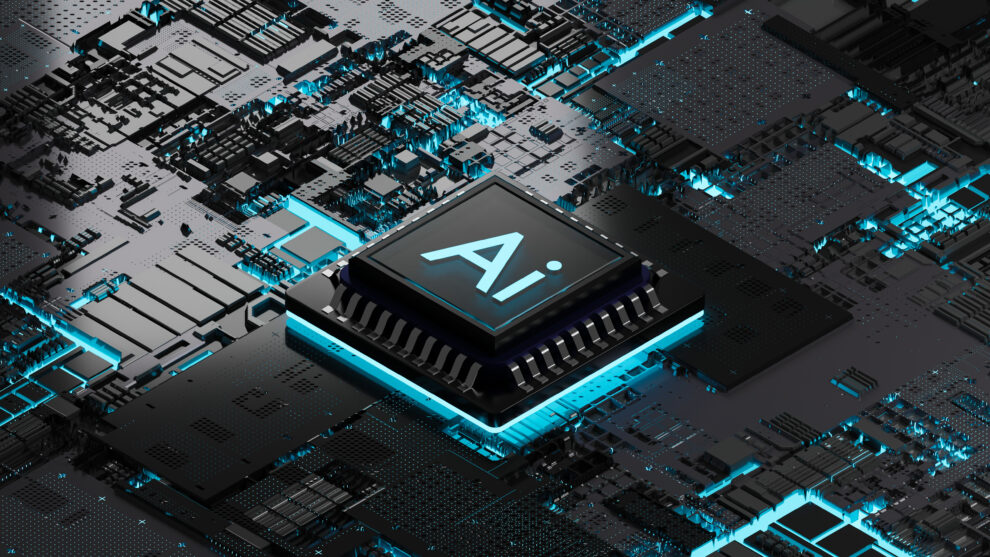Since the middle of June, Nvidia (NVDA -1.92%) CEO Jensen Huang has been selling shares of his company’s stock during basically every trading session. That leads to an obvious question: If the company’s CEO is dumping shares, should you be selling your shares, too?
Let’s dive into Huang’s trades and see whether this could be a signal — or not — to sell the stock.
Daily selling
Huang is selling his Nvidia shares through what’s known as a Rule 10b5-1 plan, which is designed to allow company insiders to sell shares without being accused of illegally trading on material non-public information. Through these plans, company insiders give brokers set parameters as to when the insider wants them to sell shares. This can be based on certain price triggers and/or dates and set up to sell a certain dollar amount or number of shares.
Once established, the broker executes the plan following a designated cooling-off period. Insiders can make changes to the plan, but only during open insider trading windows and if they have no material non-public information that could impact the stock price.
Huang’s current 10b5-1 plan was established in March and revealed in a 10-Q filing in May. He arranged to sell 6 million shares (600,000 pre-split) by the end of March 2025.
The parameters of Huang’s plan are pretty straightforward, as he sells 120,000 Nvidia shares each trading day. His first trade was June 13, and it appears his plan is about to be wrapped up. Through his sales, Huang will have pocketed over $700 million in cash.
Yes, that’s a lot of shares sold and a lot of cash, but it’s just a drop in the bucket for Huang, who owns over 860 million shares of Nvidia, even after this recent selling. Basically, he sold less than 1% of the shares he owned.
Given the gains that Huang, who has been CEO at Nvidia since 1993, has seen, no one can blame him for selling some shares to gain liquidity. His wealth is still very much tied to Nvidia.

Image source: Getty Images
Should investors follow suit and sell Nvidia shares?
The answer to this question comes down to each individual’s circumstances. If you’ve seen huge gains in the stock over the past few years and Nvidia has become an outsized portion of your portfolio, it can be good portfolio risk management to lock in some gains. After all, every investment comes with risk, and Nvidia is no exception.
At this point, the biggest risk the company faces is future demand. There are still questions as to whether demand for the company’s graphic processing units (GPUs) will soon peak and eventually decline as the race for artificial intelligence (AI) infrastructure cools. This very well could come down to how much other companies start benefiting from AI in the areas of software and other industries, as the infrastructure players can’t be the only AI winners or the spending will eventually stop.
For now, though, there doesn’t appear to be any let up for AI infrastructure spending. Cloud-computing operators are increasing their capital expenditure (capex) budgets, and companies such as Alphabet and Meta Platforms have indicated that there’s more risk in under-investing in AI infrastructure and falling behind than in over-investing.
At the same time, as AI models advance, they need exponentially more computing power, which comes from Nividua’s GPUs. For example, xAI’s Grok large language model (LLM) went from using 20,000 GPUs for its second iteration to needing 100,000 for its third iteration, while Alphabet’s Llama 4 is projected to need 10x as many GPUs as Llama 3. Meanwhile, Oracle CEO Larry Ellison recently said there was no end in sight to the need for computing power for AI training when asked on the company’s most recent earnings call if there would be a shift to less compute-intensive AI inference.
NVDA P/E Ratio (Forward 1y) data by YCharts.
While there’s a risk that future demand could eventually dry up, the comments from Nvidia’s customers indicate that this isn’t going to happen anytime soon. Nvidia remains the best-positioned company in the AI infrastructure buildout.
I think Nvidia’s stock is attractively priced at a forward price-to-earnings ratio (P/E) of about 29x next year’s analyst estimates, given the robust growth still ahead, based on customers’ comments. As such, I’m not worried by Huang’s recent selling and would consider buying the stock.
Suzanne Frey, an executive at Alphabet, is a member of The Motley Fool’s board of directors. Randi Zuckerberg, a former director of market development and spokeswoman for Facebook and sister to Meta Platforms CEO Mark Zuckerberg, is a member of The Motley Fool’s board of directors. Geoffrey Seiler has positions in Alphabet. The Motley Fool has positions in and recommends Alphabet, Meta Platforms, and Nvidia. The Motley Fool has a disclosure policy.










